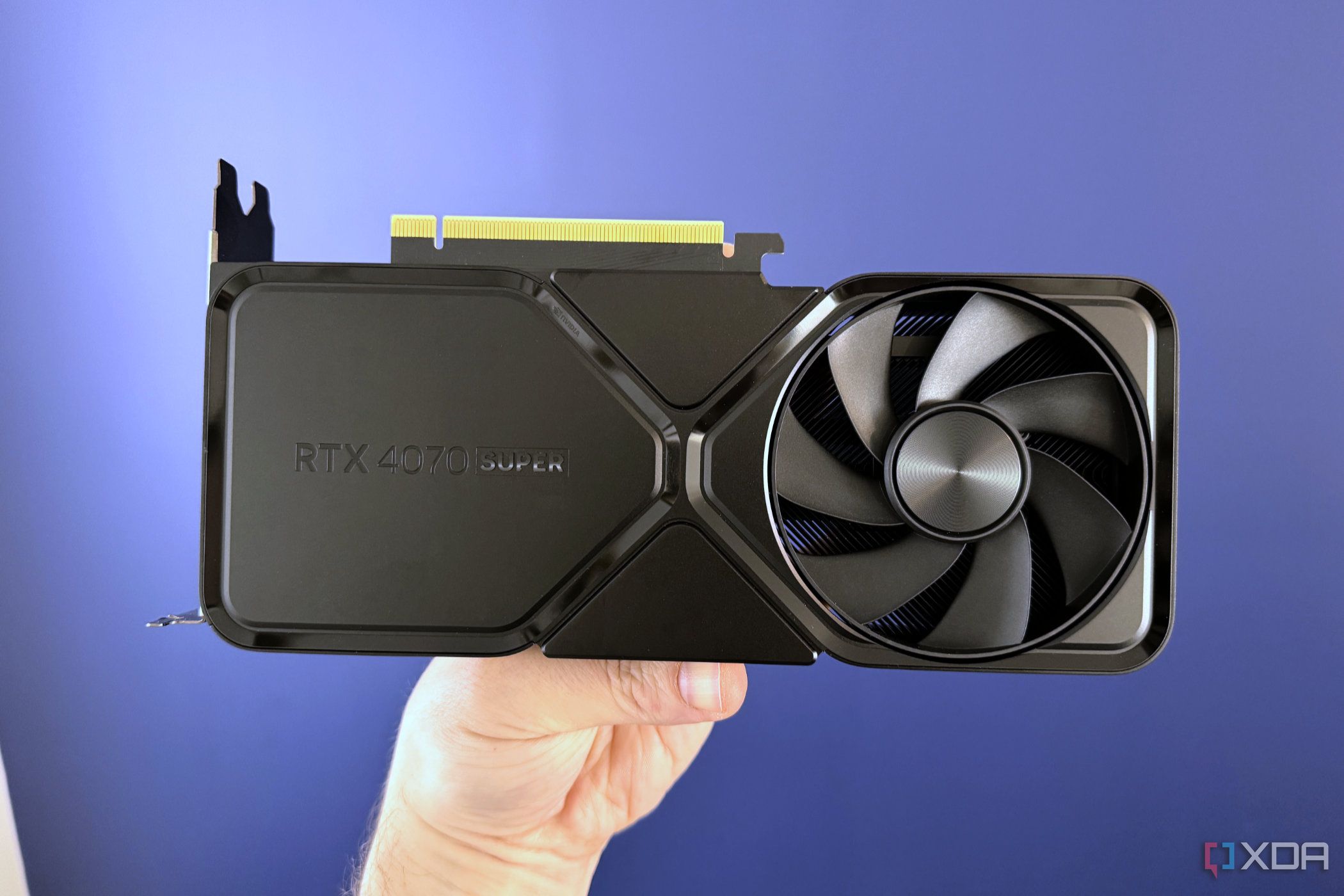Key Takeaways
- FuryGPU: A home-made open-source graphics card with 1990s high-end features that can run Quake.
- Creator faced challenges writing Windows drivers, but now has fully-functional GPU rendering Quake at 60fps.
- Although it’s not available for purchase and there are no DIY instructions, it’s an impressive feat worth keeping an eye on.
How much of an open-source fan are you? As good as the biggest and best products can be, nothing can beat an app or tool that lets you see exactly what it’s doing. If you’ve always wanted to see what was going on inside your GPU, you’re in luck; someone has created their own home-made open-source graphics processor, and while it won’t be a staple in gaming PCs any time soon, it’s still an amazing feat.

Nvidia GeForce RTX 4070 Super review: The best mainstream GPU got better
The Nvidia GeForce RTX 4070 Super brings even more value to the best of the 40-series.
FuryGPU: the open-source graphics card that can run Quake
Dylan Barrie on YouTube has been hard at work making their own homemade GPU. Dubbed “FuryGPU,” it looks just like a graphics card from the gaming days of yore, albeit with some modern fittings to ensure it works with modern monitors and computers. The FuryGPU website states that the card supports “hardware features equivalent to a high-end graphics card of the mid 1990s,” proven in the video above which shows Dylan playing Quake on it.
If you’d like to learn more, you can head over to the FuryGPU blog and check out the posts there. It contains some interesting tidbits about how Dylan designed his GPU and the challenges he faced. Want to know the hardest part of making your own GPU? As it turns out, it wasn’t the hardware that gave Dylan the biggest issues:
Of all the parts of this project, writing Windows drivers for it have been the most painful. Eventually, I got everything working. I wrote a custom graphics API to communicate with the GPU, wrote Windows kernel drivers for the display and audio, and now have a fully-functional piece of graphics hardware that can render Quake at a solid 60 frames per second.
Despite the cool tech demo, Dylan states in the video’s description that improvements can still be made. And while there is no way to buy one for yourself or download the instructions to do it yourself, we really hope Dylan shares his knowledge with the rest of the world.
[ad_2]




